Shanghai’s Metropolitan Magnetism(2)
Down-to-Earth Alleys
Streets are the blood vessels of a city. Criss-cross networks of streets and roads are key components of Shanghai. A bird’s-eye view shows that the city is divided into a good number of districts through arteries. Inside those districts, narrow alleys between buildings spread all over the city like capillaries – miniscule but full of energy. Such alleys, like hutong in Beijing, present people’s everyday life and preserve the local culture.
Shikumen buildings are always associated with these alleys. Shikumen, literally “stone gate,” is an old form of residence with brick-wood structures and stone gates. Rows of Shikumen buildings constituting alleys have become a symbol of traditional Shanghai residences.
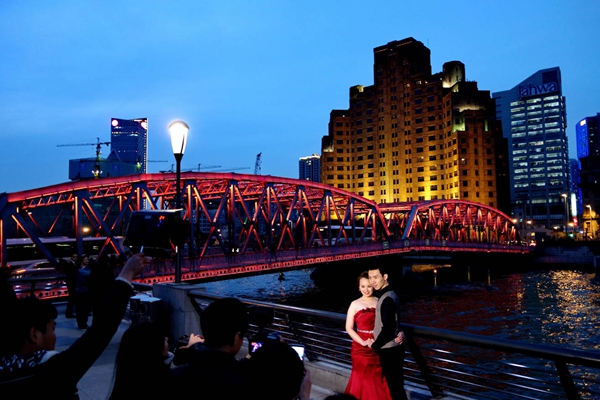
Waibaidu Bridge stretching over the Suzhou River is the first riveted steel bridge in China, representing the progress of modernity and the industrialization of Shanghai at the time it was built.
Residents of alleys usually come from all walks of life, which diversifies the community atmosphere. Here you may find that neighbors are always kind to each other and willing to help one another. When Shanghai first boomed some 100 years ago, considerable numbers of people left their hometowns to venture into this promising city. For those who are away from home, a neighbor that is near is better than a brother far off. Therefore, neighborhoods in the alleys were as close as family members, a trend that is fading today. Life in alleys often brings a sense of place, safety, and kinship. Undeniably, privacy is a rare luxury in these narrow and small dwelling spaces. Sometimes, family life is unavoidably exposed to the entire community.
However, alleys that have existed in this city for more than 100 years are starting to disappear. Residents in the alleys downtown are moving out one after another and reconstructions are widely carried out in the city. Old conventions and traditional culture are being replaced by new lifestyles. In recent years, renovations have been launched to protect time-honored Shikumen buildings by merging modern elements with traditional architectural styles.
Streets and Blocks in the Spotlight
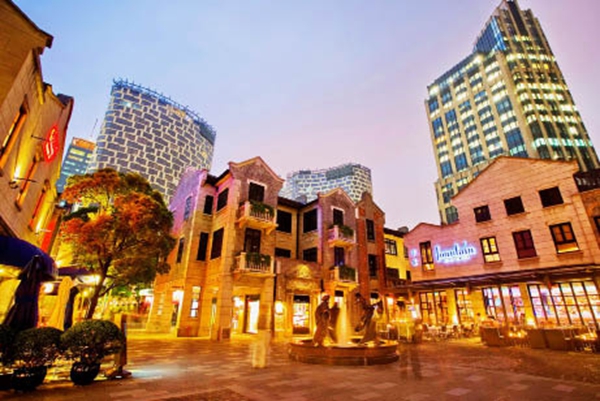
Shanghai Xintiandi
Xintiandi in the city center is a recreational district where restaurants and stores are renovated historical Shikumen residential buildings. Rather than dwellings, these old buildings now provide places for dining, shopping, and entertainment. Strolling in the district feels like returning to the old Shanghai of the 1920s. But the interior design in each structure is modern and fashionable. The contrasts compose a symphony of the city’s past, present, and future, displaying a unique culture for tourists from home and abroad.
Getting there: Take subway Line 1 to South Huangpi Road Station or Line 10 to Xintiandi Station.
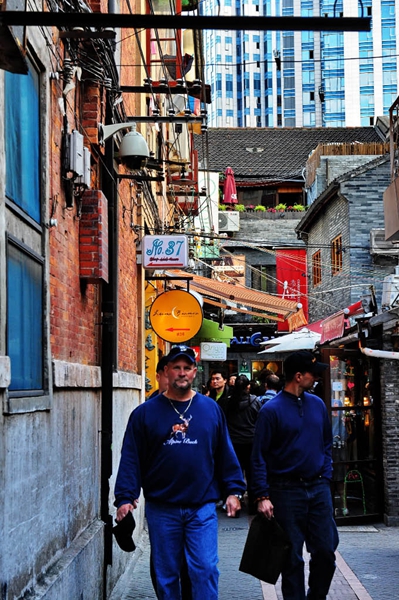
Tianzifang
The art district, located in Lane 210 on Taikang Road, is particularly interesting for its co-existence with common dwellings and locals. Unveiled in 1998, it is the first of this kind in Shanghai. Soon after, it found fame when studios of renowned artists, including painter Chen Yifei, and some exquisite craft stores opened there one after another. Today, a great variety of studios and galleries in this district have made it a popular city attraction. It is a joy to sit in one of the many cafes in the alleys on an easy afternoon to drink coffee and bathe in the sunshine.
Getting there: Take subway Line 9 to Dapuqiao Station and exit from Exit 1.
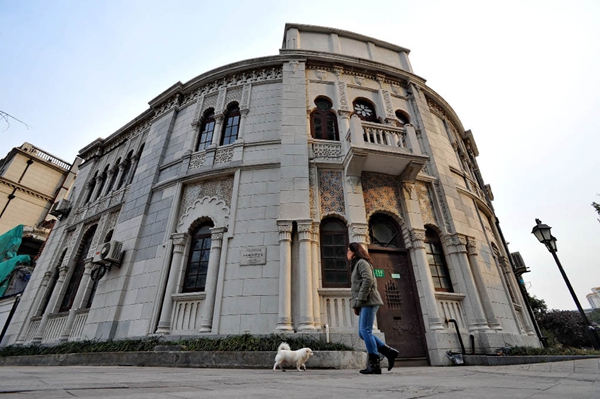
Duolun Road
A mere 500 meters in length, Duolun Road in Hongkou District was home to numerous influential writers and social figures in the early 20th century, such as Lu Xun, Mao Dun, Guo Moruo, Ye Shengtao, Rou Shi, and Feng Xuefeng. Uchiyama Kanzo, a friend of Lu Xun from Japan, lived and opened a bookstore on this road as well. Especially in the 1930s, this area could be regarded as the base camp of China’s culture society. The former residences of prominent left-wing writers, and the site where the League of Left-Wing Writers was established are well preserved. With museums, exhibition halls, bookstores, antique shops, and teahouses on both sides, Duolun Road is an ideal place to take a stroll and evoke the old days.
Getting there: Take subway Line 3 to Hongkou Football Stadium Station.
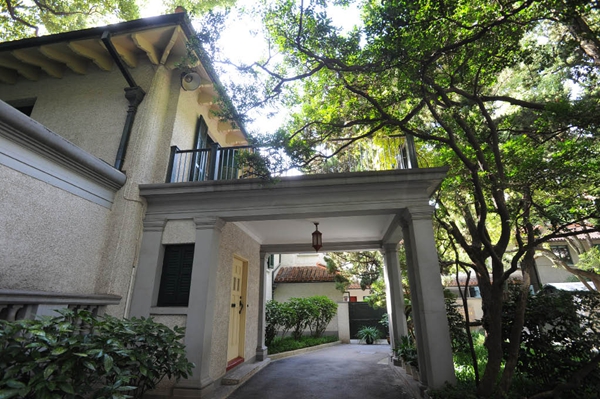
Lane 1857 on Middle Huaihai Road
This low-profile but mysterious alley is hidden off the bustling Middle Huaihai Road. It is said that the most typical alleys in Shanghai often combine small foreign-style buildings with traditional houses in the narrow lanes, possessing a sense that is vintage yet decadent. One might get lost in a random corner of those winding alleys. Lane 1857 is a vivid example. It is a witness to the past of the city and the very soul of Shanghai. Here one can sense the true charisma of old Shanghai alleys. On the alley is situated the former residence of Soong Ching Ling, whose devotion to the country and people has long been cherished.
Getting there: Take subway Line 10 or Line 11 to Shanghai Jiaotong University Station.
